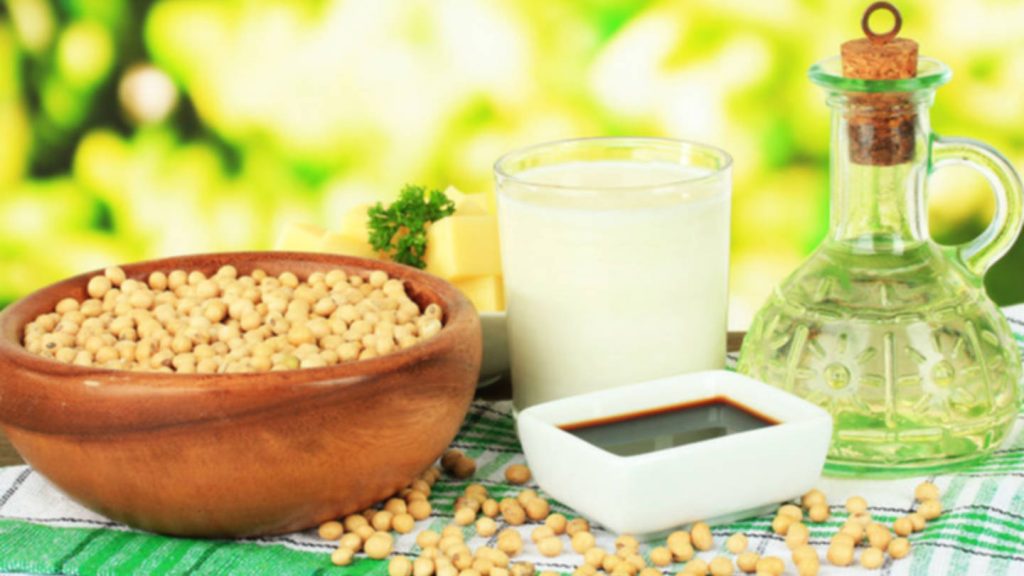When shifting to a vegetarian diet, one of the biggest concerns for some people is protein. They may worry when concerned friends ask, “Where are you going to get your protein?” But rest assured, you can always answer, “From everything I eat.” After all, when nearly all plant foods contain some protein, it’s quite simple to go vegetarian with little to no protein planning at all.
I have been vegetarian since my teens. My children, now grown and lifelong athletes, have been vegetarian their entire lives, as are their children. All of us are busy, active, and energetic, and none of us has ever been protein-deficient. In fact, a well-rounded plant-based diet gives you not only ample protein, but also superior protein to animal sources.
How Much Protein Do We Eat?
Most North Americans consume more protein than they need. The US Food and Drug Administration recommends about 50 to 60 grams per day for the average adult, yet many people are consuming close to 100 grams a day—nearly double. The reason for this is overconsumption of animal foods—mainly meat, poultry, fish, and eggs—which typically contain 20% to 50% protein. The FDA recommends that only 10% of our calories come from protein.
Studies have linked prolonged protein overconsumption to common modern-day health issues such as arthritis, osteoporosis, and liver and kidney problems—to name a few. These conditions may also be the result of nutritional deficiencies since many high-protein animal foods come in poor nutritional “packages.” In other words, these foods often come hand in hand with unhealthy saturated fats and cholesterol. They also commonly lack fiber and many vitamins, minerals, and other key nutrients. So when we choose such “poor packages” to increase our protein intake, we may inadvertently contribute to a range of health problems, including an increased risk of colon cancer.
How Much Do We Really Need?
Protein is necessary for tissue growth, repair, and maintenance, but how much of it do we really need? Perhaps the greatest indicator of the human body’s protein requirements is human breast milk. Breast milk nurtures the body throughout its most concentrated stage of growth and development—for which protein is essential. Breast milk, however, is only about 7% protein—much less than the 30% comprising many Western diets. As fully grown adults, it’s unlikely that our protein needs would exceed that of an infant who more than doubles his or her body weight in one year.
The US FDA’s recommendation for protein has been cut in half over the past twenty years as scientists continue to debate how much we need. Right now, North American experts recommend 0.8 grams per 1 kilogram of body weight (1 kilogram equals approximately 2.2 pounds). For the average adult, this would translate to about 50 to 60 grams a day, or 10% of our daily caloric intake.
Protein requirements can vary somewhat according to body type, age, level of activity, stress, pregnancy or lactation, injury, or illness, but it is still very easy to meet these requirements with a well-balanced plant-based diet. In fact, it is very difficult to eat well and be deficient in protein. To be deficient in protein, you’d have to be deficient in many, many other nutrients as well.
Which Plant Foods Contain Protein?
All of them. Some plant foods contain just a trace amount while others have an abundance. Protein is comprised of amino acids, eight of which are not created by the human body. These eight “essential” amino acids, therefore, must come from our food, and they can easily be obtained from a wholesome, varied vegetarian diet. Examples include dhal with rice and veggies, nut butter on whole grain bread, muesli or cereal with milk or yogurt, cheese with healthy crackers, and black beans with tortilla and salad. Tempeh, tofu, sprouts, amaranth, quinoa, broccoli, collard greens, and shiitake and oyster mushrooms are also excellent sources, with a range of 10% to 50% protein—well over the 10% recommended by the FDA.
Variety and Nutrition
So now that your protein concerns are gone, focus on choosing foods that offer a good nutritional “package.” Protein is important, but no more important than other key nutrients. Plants are by far the most nutrient-rich foods on earth. In fact, the American Cancer Society’s top 30 foods for cancer prevention are all plants. So take advantage of the wide variety of plant foods available to you and eat different beans, whole grains, nuts and seeds, and fresh fruits and vegetables.
Some easy ways to get extra nutrition (and protein) to your diet are to add chickpeas and toasted pumpkin seeds to salads, soy veggie “ground beef” to pasta sauce, tofu or shiitakes to stir-fries, or lentils to hearty vegetable soup. Lightly steamed or sautéed dark leafy greens like collards, chard, spinach, and kale make a great side dish, packed with nutrition and protein, or add them at the last minute to stir-fries or soups. Make barbecue tofu sandwiches, portobello mushroom burgers, or TLTs (tempeh, lettuce, and tomato). Opt for whole grain bread and pasta, which contain about 50% more protein (and other nutrients) than their refined counterparts.
Remember, if you’re eating enough healthy food, you’re eating enough protein. So relax and enjoy your veggies, including this delicious, nutritious soup.



